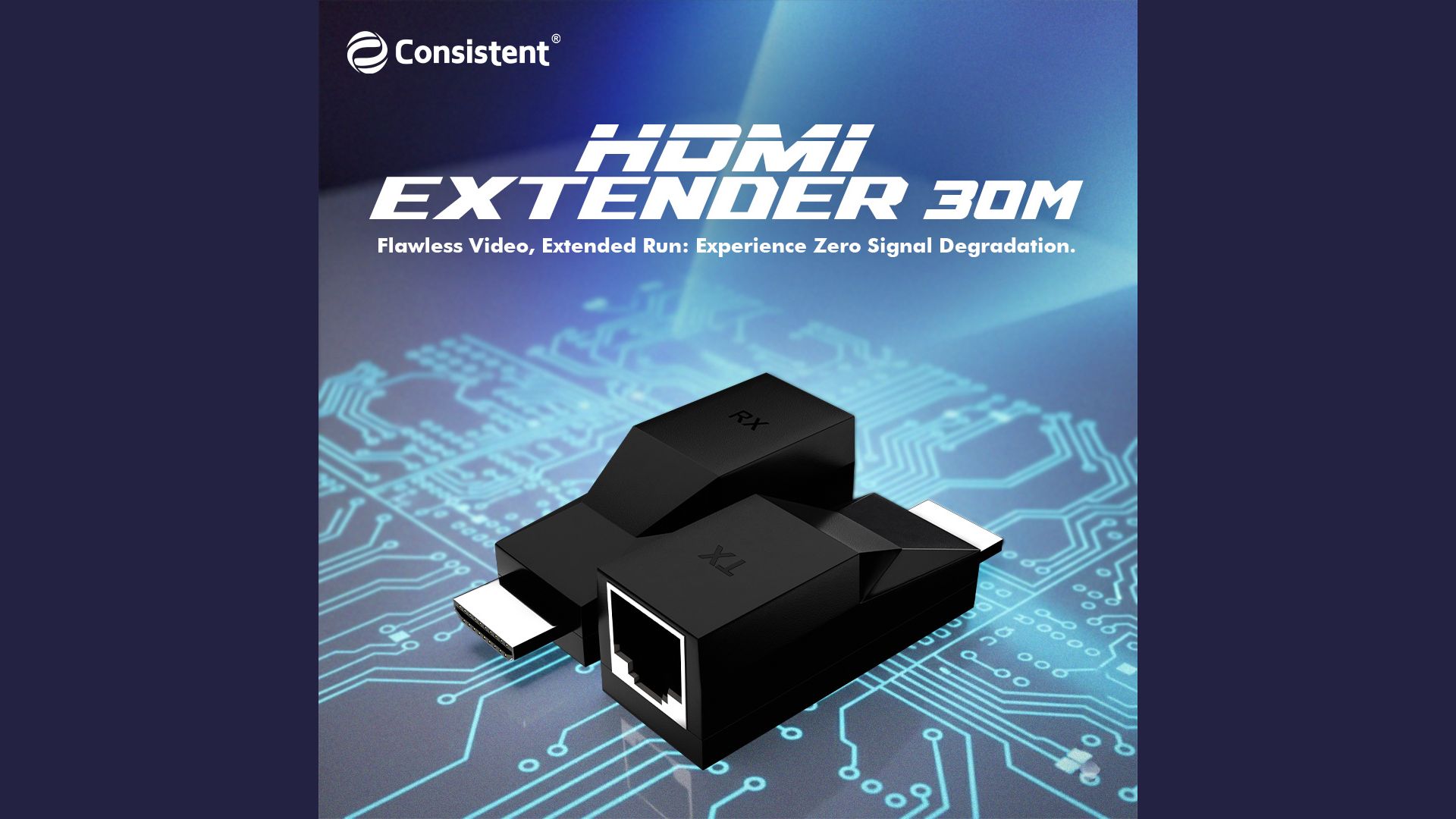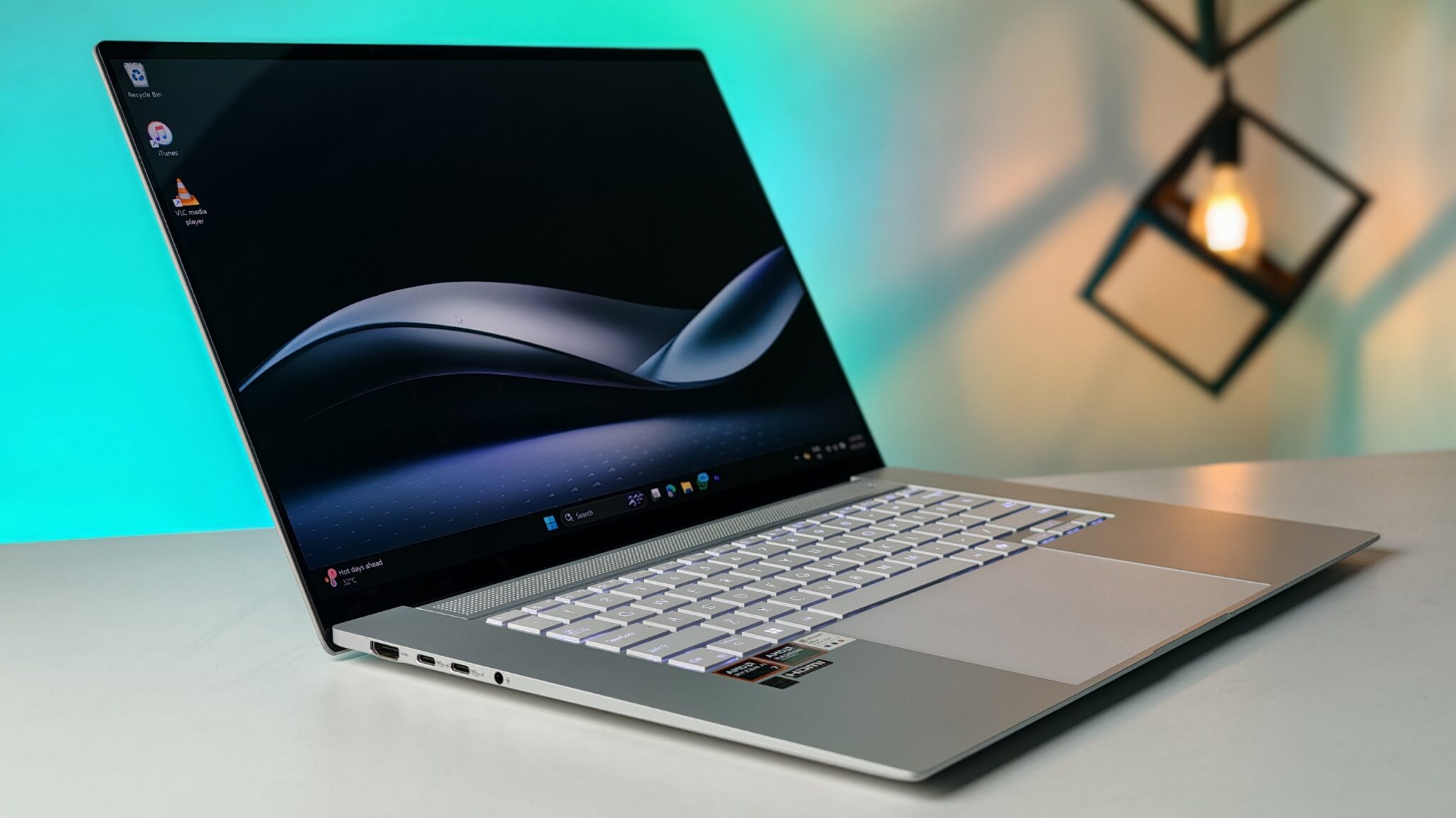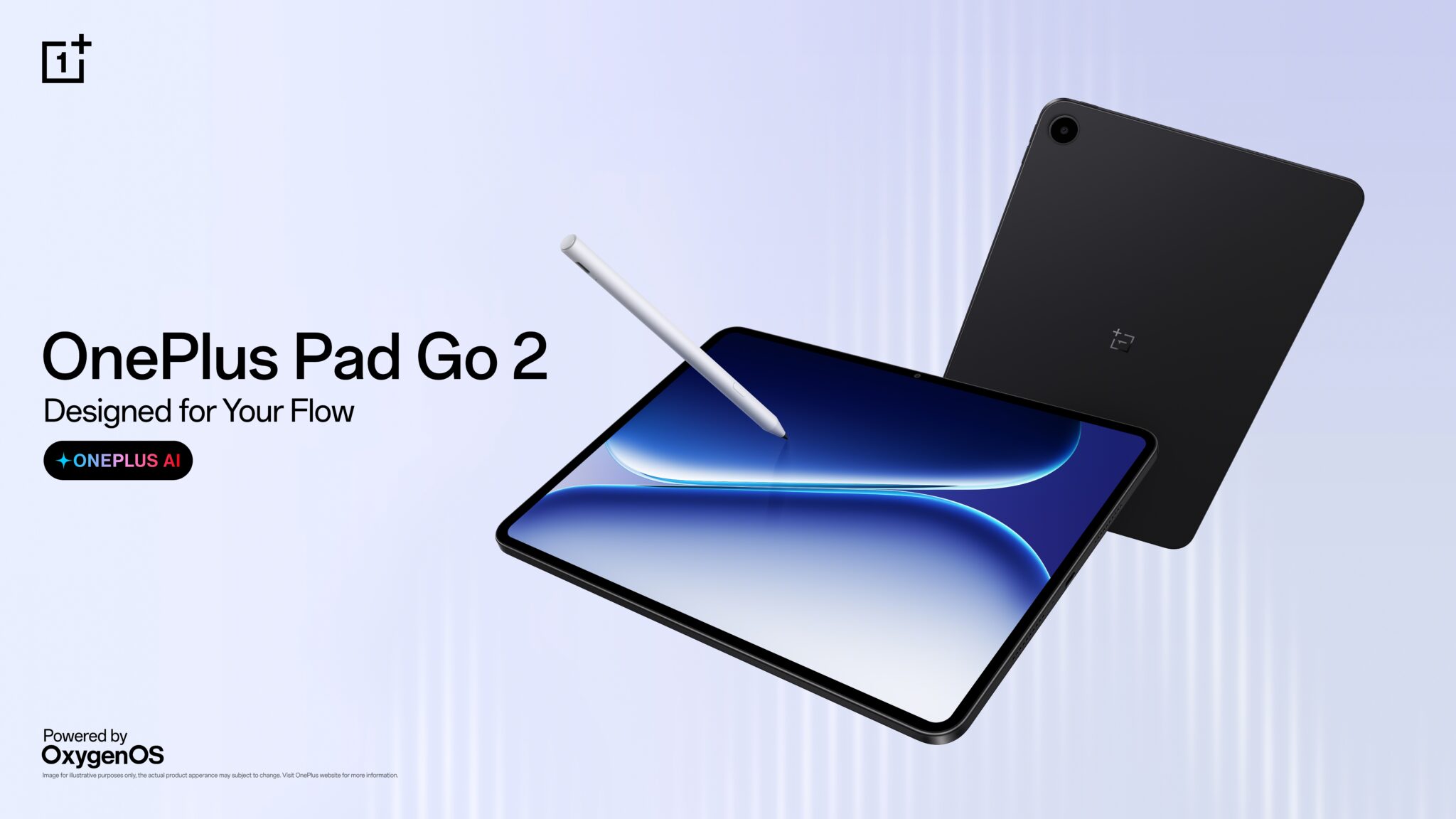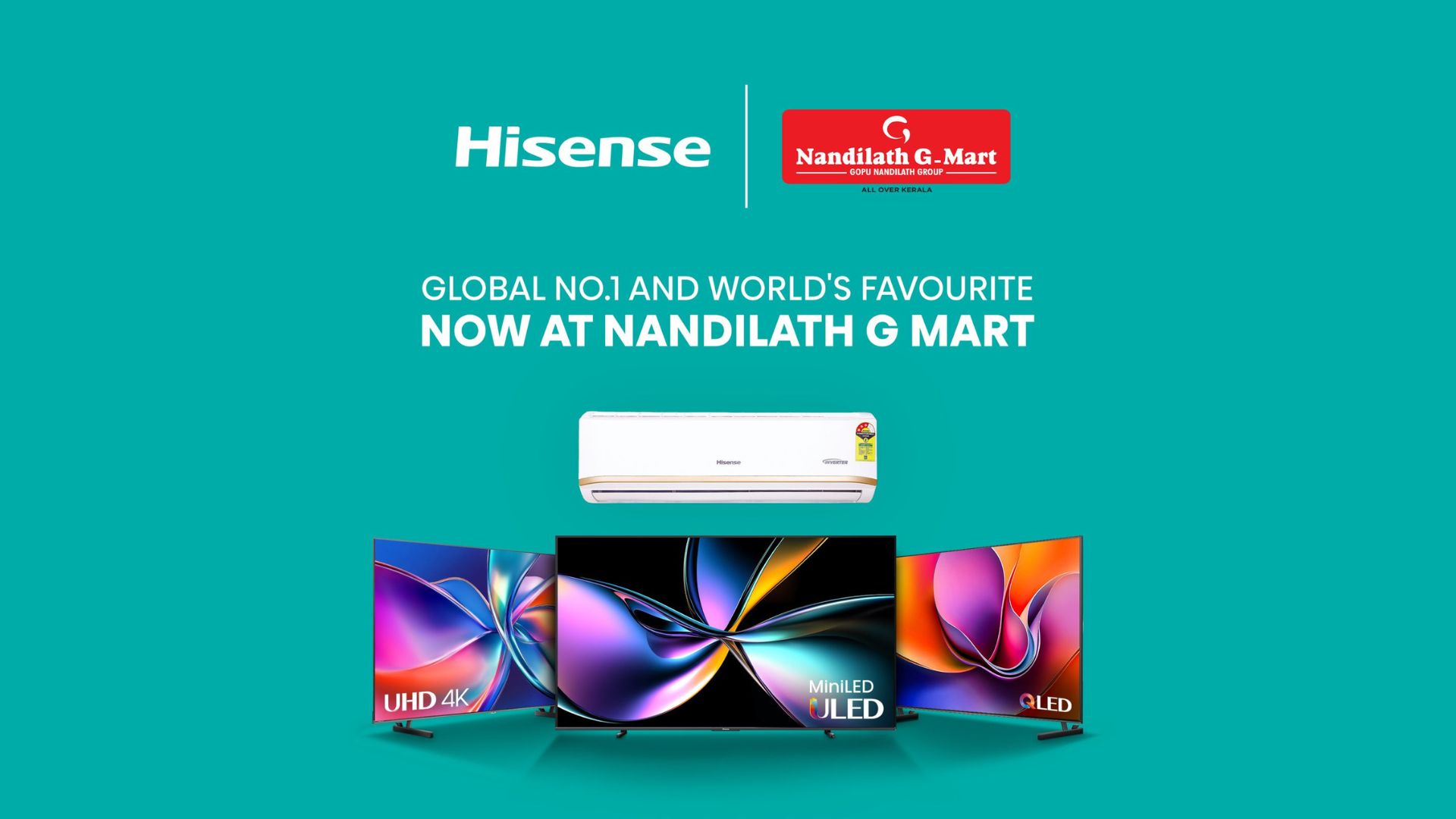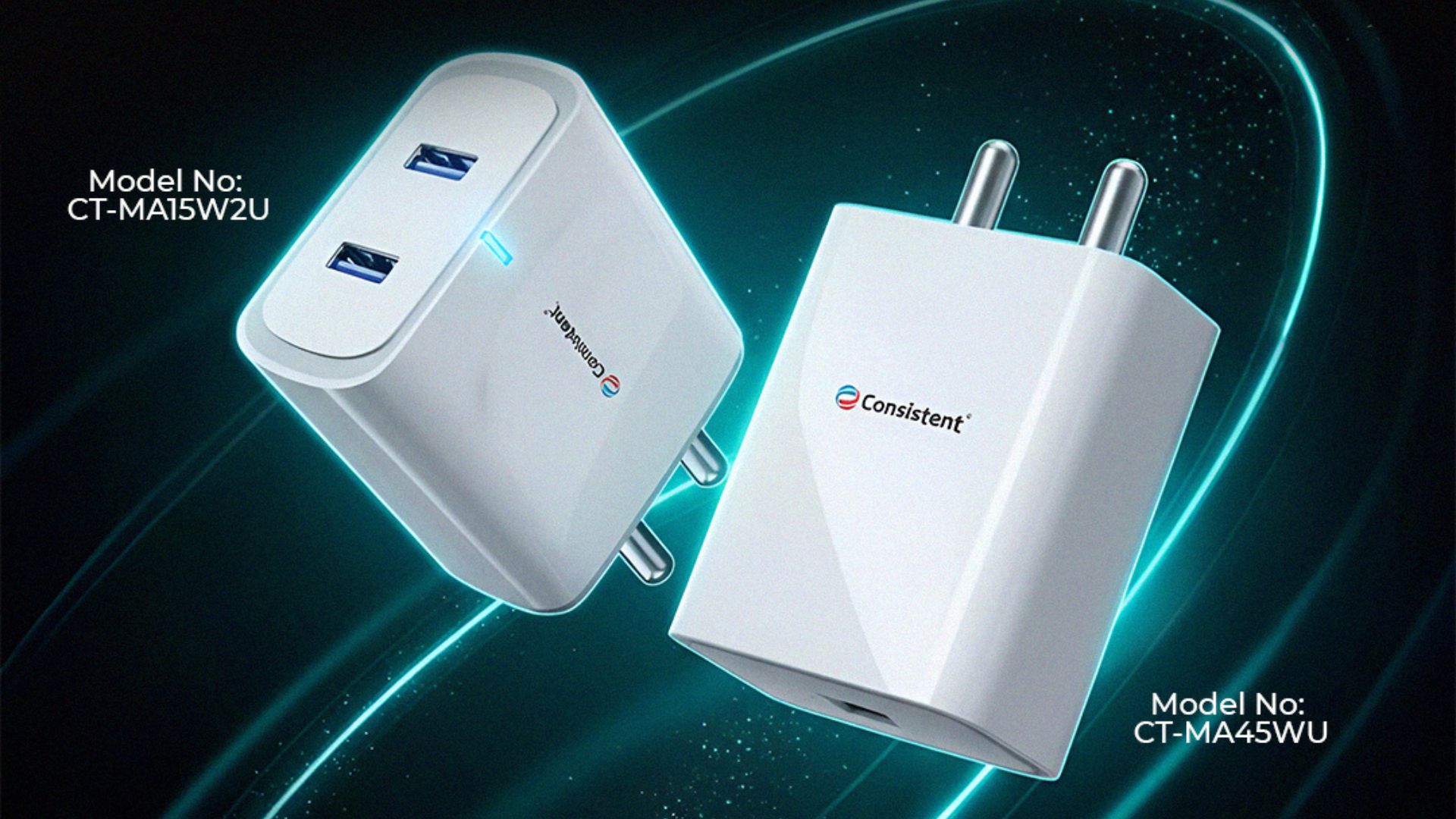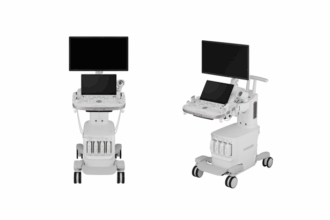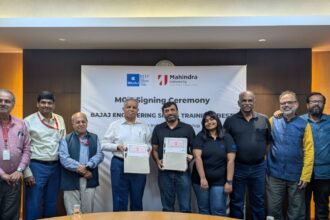The landscape of large-scale Artificial Intelligence training feels like it just shifted a bit, perhaps more than many expected, with Zyphra announcing a meaningful milestone in its research. The company has introduced its new Mixture-of-Experts foundation model, ZAYA1, and what stands out immediately is that the entire model was trained using an all AMD hardware and software setup. This includes the AMD Instinct MI300X GPUs and AMD Pensando networking. It is the first time a large-scale MoE model of this class has been trained purely on AMD’s ecosystem, which naturally positions AMD as a more serious contender in the world of frontier-grade AI systems.
According to Zyphra’s technical report, the ZAYA1-base model is not just a proof of concept. It performs competitively, and in several cases even edges ahead of well-known open models such as Meta’s Llama-3-8B and AI2’s OLMoE. It also goes head-to-head with models like Qwen3-4B and Google’s Gemma3-12B across important benchmarks, including reasoning, mathematics, and coding. Seeing a model with fewer active parameters perform at this level is interesting, and it gives a sense of how carefully the architecture and hardware were paired.
Key Takeaways
- First MoE Model on AMD Platform: ZAYA1 is the first large-scale Mixture-of-Experts model trained entirely using AMD Instinct MI300X GPUs, AMD Pensando networking, and the ROCm software stack.
- Performance: ZAYA1-base, with its 8.3 billion total and 760 million active parameters, manages to match or outperform similar models such as Llama-3-8B and OLMoE on several core AI benchmarks.
- Hardware Advantage: The generous 192 GB of HBM3 in the AMD Instinct MI300X allowed the team to skip expert or tensor sharding, which often complicates large model training.
- Training Efficiency: Zyphra reported more than ten times faster model save times thanks to AMD’s optimized distributed I O capabilities.
Understanding the Mixture of Experts Architecture
A Mixture-of-Experts architecture is essentially a way of designing neural networks so that the computation is distributed among several smaller specialized networks known as experts. Instead of lighting up the entire network every time input comes in, the model relies on a gating mechanism that selects only the most relevant experts for the specific task. This selective routing keeps computation sparse.
That sparsity is what makes MoE models appealing. They can scale to very large total parameter counts, giving them more capacity and potentially more intelligence, while still keeping inference fast and efficient because only a small set of parameters is active at one time. For ZAYA1-base, this means that although the model contains 8.3 billion total parameters, only around 760 million are active for any given input. It is a clever balance, and perhaps that is why the model is able to perform on par with much larger systems.
AMD’s Hardware and Software Role
Zyphra’s work also highlights the capabilities of AMD Instinct MI300X GPUs for demanding AI workloads. Each GPU hosts 192 GB of HBM3 memory with peak bandwidth reaching up to 5.3 TB per second. This level of memory capacity and throughput proved essential during Zyphra’s training runs.
One of the most notable advantages was that the large memory per GPU allowed Zyphra to avoid sharding entirely. Sharding is a technique that splits model parameters or data across multiple GPUs when the model is too large to fit on a single one. While helpful, sharding can introduce coordination overhead and complexity. Avoiding it not only simplified the training workflow but also increased throughput, which Zyphra’s team considered a practical win.
Alongside the GPUs, the team used AMD Pensando networking and the ROCm open software stack to build a high performance and fault tolerant training cluster with IBM Cloud. The collaboration seems to have reinforced what AMD’s platform can do in a production environment.
Emad Barsoum, AMD’s corporate vice president of AI and engineering, emphasized that this milestone demonstrated the power and flexibility of AMD Instinct GPUs and Pensando networking when handling large scale and complex model training. The co-designed approach, where the model and hardware evolve together, allowed ZAYA1-base to outperform competitive models even with fewer active parameters. It sets an interesting precedent for what future AMD based AI training workflows might look like.
Frequently Asked Questions (FAQs)
Q1: What is the AMD Instinct MI300X GPU?
A1: The AMD Instinct MI300X is a high performance data center GPU designed specifically for generative AI, high throughput training, and HPC workloads. One of its core strengths is its large 192 GB HBM3 memory capacity, which allows extremely large models to fit on a single GPU.
Q2: How does a Mixture of Experts model differ from a standard AI model?
A2: A standard dense AI model uses every parameter for every input. In contrast, a Mixture-of-Experts model activates only a small subset of specialized experts at a time. This lets the model maintain a high total capacity while staying efficient and fast, both during training and inference.
Q3: What is sharding in AI model training?
A3: Sharding is the process of splitting a model’s parameters or training data across multiple GPUs when the model does not fit into one GPU’s memory. Techniques like tensor or expert sharding can solve memory constraints but introduce added complexity. Because the AMD MI300X provides such large memory capacity, Zyphra could avoid sharding altogether, making the training process simpler and faster.



